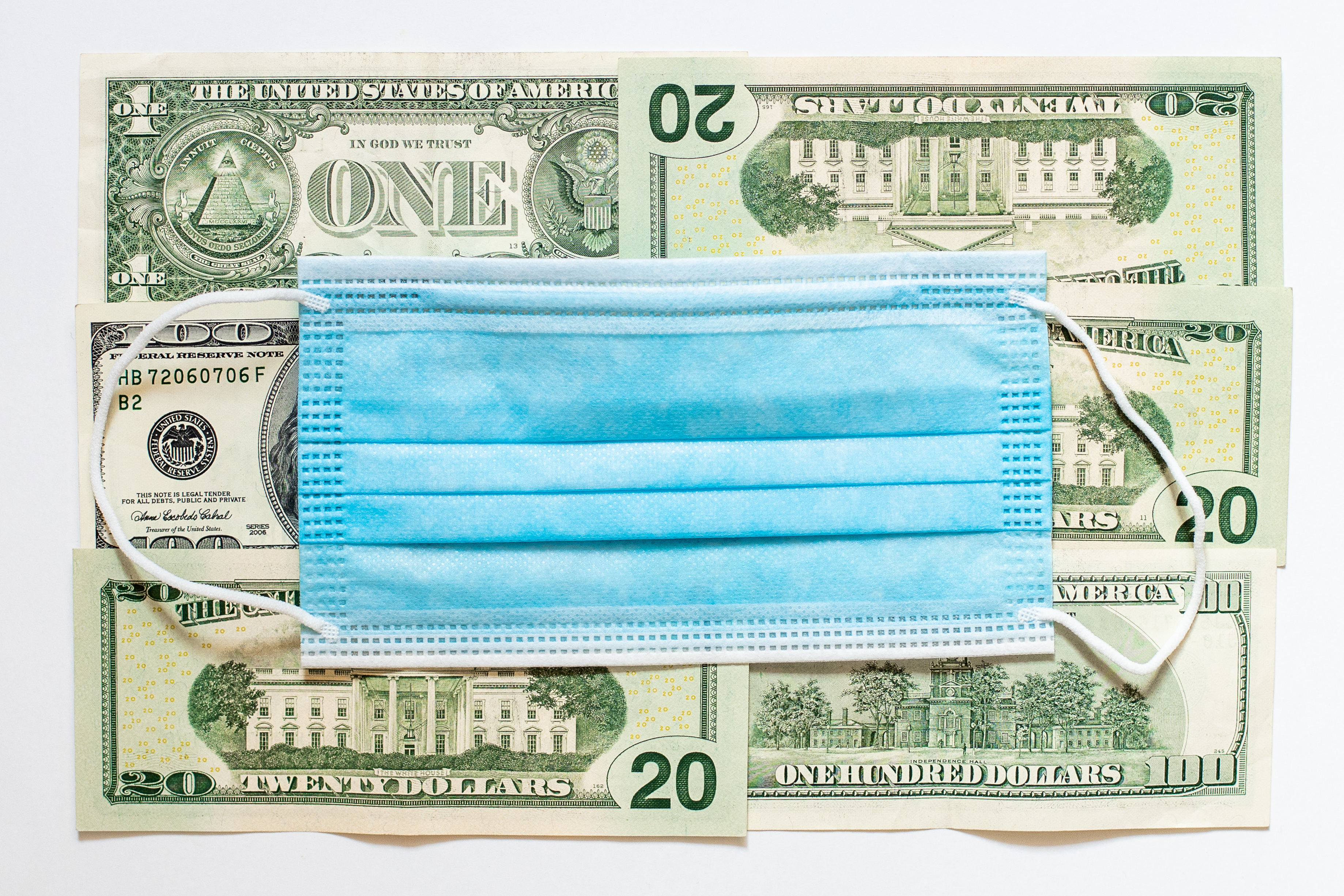The Markets Corner: Money by Filippo Lecchini

Central banks were called to action early on as the COVID-19 crisis quickly became a global threat to economies around the world. Compared to governments and fiscal policy, the banks are able to act more swiftly, and they just need to reach a consensus among a few decisionmakers as opposed to embarking on complicated negotiations between parties and factions, where inevitably elected officials cannot resist the temptation to keep an eye on their own political fortunes.
The Fed in the U.S. had an emergency meeting on a weekend - quite unusual and unexpected - attempting to calm the markets by removing any ambiguity and showing full commitment to easing. The stimulus from Congress took longer. Unfortunately, monetary policy has a limited reach for the kind of crisis that the 2020 pandemic turned out to be. The primary consequence of the lockdowns for many people has been loss of income: businesses shut down, workers got laid off, the demand for certain goods and services collapsed. Particularly in the low-income segment, where saving is not really an option and access to credit is limited, lowering the cost of credit doesn’t really do much. Same for the stock market - those who participate shouldn’t be exposed to the point where they cannot wait for the recovery, and they should avoid panic decisions at all costs. But those who don’t participate probably have other concerns in mind. The primary goal of supporting income remains crucial in avoiding a chain reaction where people are not able to buy goods and services; they default on mortgages, rents, and car payments; and businesses are driven into bankruptcy as a consequence. That in a nutshell is why fiscal stimulus is likely to be the most important piece of any action plan: as economies reopen, workers can go back if the jobs still exist.
This is not to say that cheap money, credit facilities, and liquidity on the financial markets are not important. The system needs stability, but the cost of credit was already pretty low, and it is not clear how well the new Fed facilities have been operating - the goal was offering credit to businesses who might lose access otherwise, not offering cheaper credit to businesses that had access regardless. Much like anything else in the age of COVID-19, the time will come to look back at the decisions that were made, starting with lockdowns and their length, and see what worked and what didn’t.
There’s also a long-term theme to consider that has nothing to do with the present situation. From one crisis to the next, rates have now been incredibly low by any historical comparison for a long time. The Fed is back at buying bonds and on June 15th even announced that it will be buying corporate debt. In the meantime, the stock market had a great comeback and briefly erased losses for the year in mid-June. Some might wonder why, given what is still happening in the real world. The answer most likely lies with the massive injection of liquidity, which was never completely phased out after 2008 and is now back in full swing. This is not so much to cast a criticism on Jerome Powell and the Board of Governors; theirs is a pretty tough spot where criticism would have come even if they had taken no action. It is hard to claim that, in the face of an unprecedented crisis, anyone needed to stand down. One of the consequences, however, seems to be that the market can only go higher over time because that liquidity has nowhere else to go. That calls into question fairness considerations and the principles of free enterprise, as well as what value money can have. If infinite amounts can be printed, is it worth anything?
Looking Ahead
The months to come will be all about the reopening, the economy, the employment numbers, and the new rates of infection. Scenarios might look vastly different depending on what happens, at least until the fall when the U.S. presidential campaign will take center stage.
RISK DISCLAIMER: Trading in futures products entails significant risks of loss which must be understood prior to trading and may not be appropriate for all investors. Past performance of actual trades or strategies cited herein is not necessarily indicative of future performance. The information contained herein is provided to you for information only and believed to be drawn from reliable sources but cannot be guaranteed; Phillip Capital Inc. assumes no responsibility for errors or omissions. The views and opinions expressed in this letter are those of the author and do not reflect the views of Phillip Capital Inc. or its staff.
